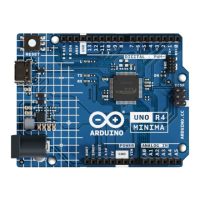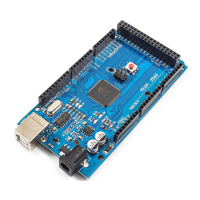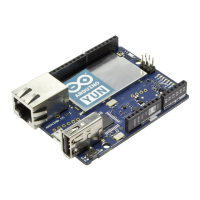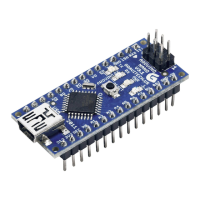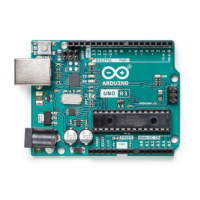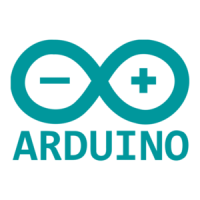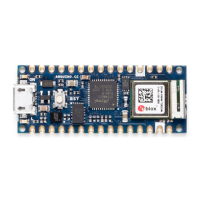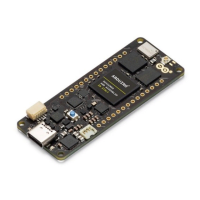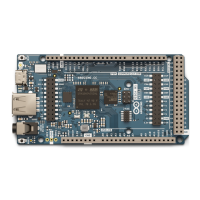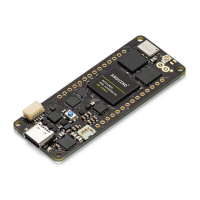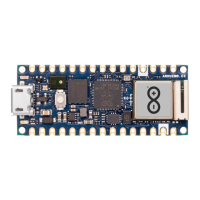4 Board Operation
4.1 Getting Started - IDE
If you want to program your Arduino® MEGA 2560 while offline you need to install the Arduino® Desktop IDE [1]
To connect the Arduino® MEGA 2560 to your computer, you’ll need a Type-B USB cable. This also provides power
to the board, as indicated by the LED.
4.2 Getting Started - Arduino Web Editor
All Arduino® boards, including this one, work out-of-the-box on the Arduino® Web Editor [2], by just installing a
simple plugin.
The Arduino® Web Editor is hosted online, therefore it will always be up-to-date with the latest features and
support for all boards. Follow [3] to start coding on the browser and upload your sketches onto your board.
4.3 Sample Sketches
Sample sketches for the Arduino® MEGA 2560 can be found either in the “Examples” menu in the Arduino® IDE
4.4 Online Resources
Now that you have gone through the basics of what you can do with the board you can explore the endless
possibilities it provides by checking exciting projects on ProjectHub [5], the Arduino® Library Reference [6] and the
online store [7] where you will be able to complement your board with sensors, actuators and more.
4.5 Board Recovery
All Arduino boards have a built-in bootloader which allows flashing the board via USB. In case a sketch locks up the
processor and the board is not reachable anymore via USB it is possible to enter bootloader mode by double-
tapping the reset button right after power up.
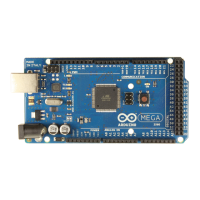
